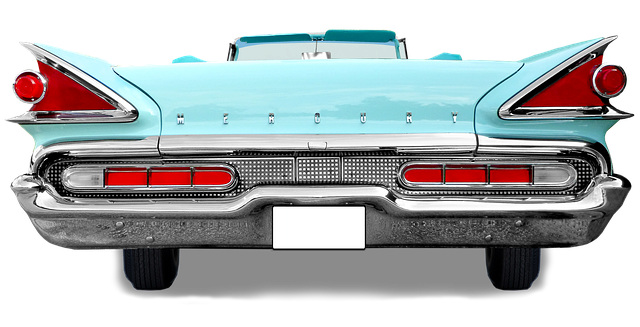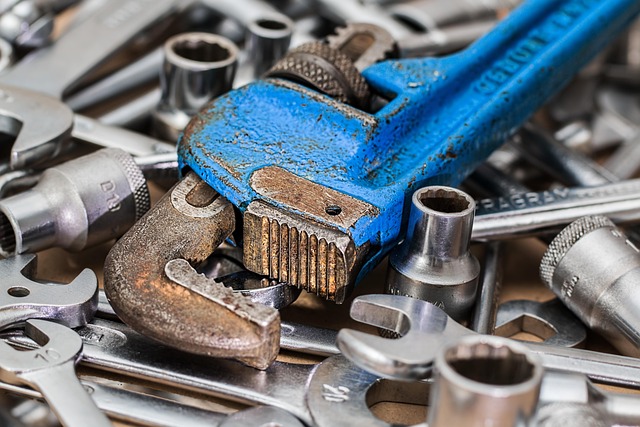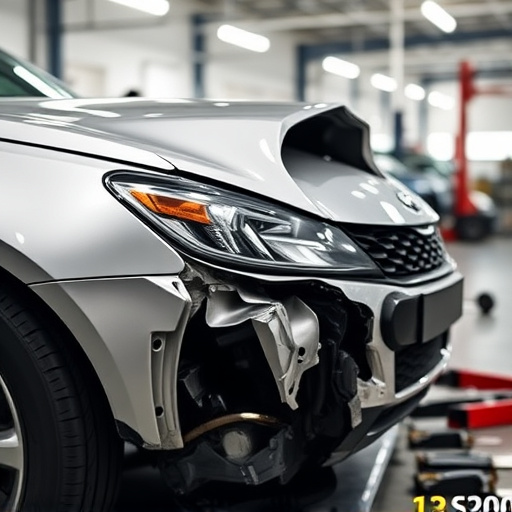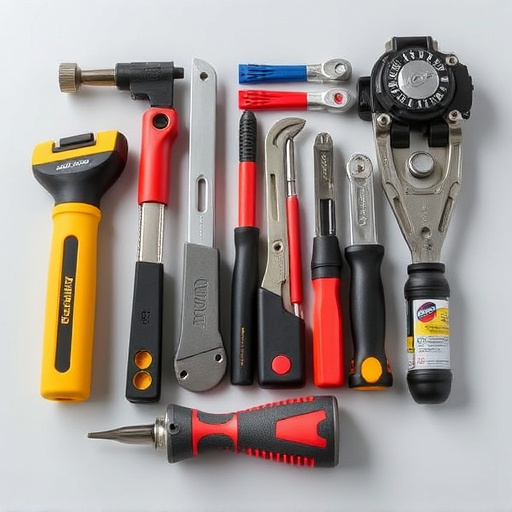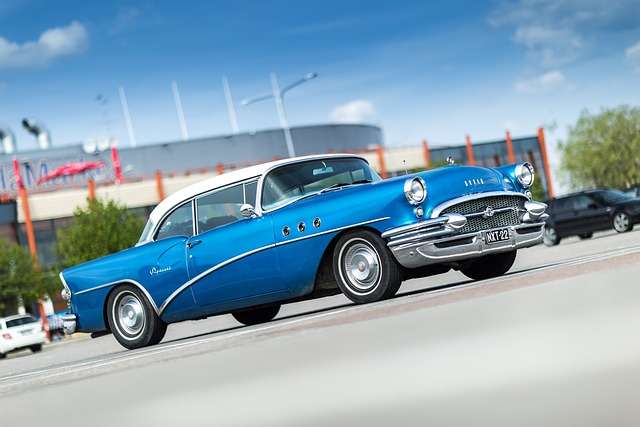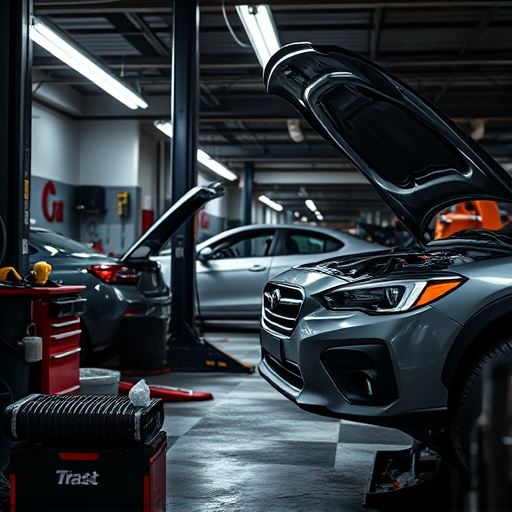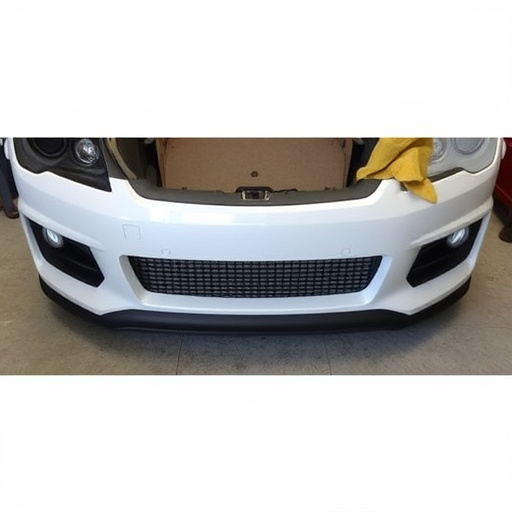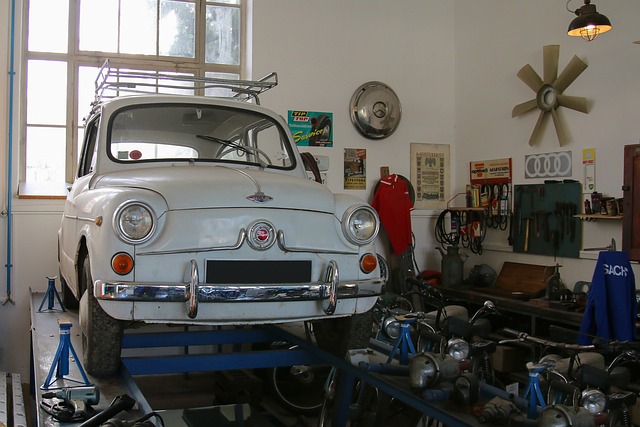Extreme weather conditions, including UV rays and temperature fluctuations, accelerate the degradation of plastic materials used in automobiles. High-quality repair techniques and materials that resist heat, light, and moisture are crucial for lasting plastic panel repairs. Regional climate affects durability, requiring tailored sealing and coating methods to enhance longevity. Optimal temperatures during repair processes ensure robust bonds and long-lasting results.
Plastic panel repairs, long-lasting solutions for damaged vehicles or structures, are increasingly important as we navigate an era of heightened environmental awareness. This article explores the critical role that environmental factors play in dictating the durability of plastic panel repairs. From climate impact to regional weather patterns and temperature management, these elements significantly influence the longevity of replacements. Understanding these dynamics is key to ensuring robust, cost-effective, and environmentally sustainable solutions for plastic panel repair and replacement.
- Climate Impact on Plastic Panel Repair Longevity
- Regional Weather Patterns and Their Effects
- The Role of Temperature in Damage Prevention
Climate Impact on Plastic Panel Repair Longevity

The climate plays a significant role in determining the longevity of plastic panel repairs, particularly in the case of automotive parts like bumpers and other exterior components. Extreme weather conditions, such as prolonged exposure to intense sunlight, high temperatures, and harsh precipitation, can accelerate the degradation process of plastic materials used in auto body repairs. UV rays from sunlight break down the molecular structure of plastics, leading to cracking, fading, and a loss of flexibility over time. Similarly, cold temperatures can cause contraction and expansion, putting additional stress on repair sites and potentially causing previously fixed panels to become unattached or damaged.
These environmental factors significantly impact the durability of plastic panel repairs, especially in regions with diverse climates. The constant assault from heat, light, and moisture requires robust repair techniques and high-quality materials designed to withstand these conditions. Proper sealing, filling, and finishing techniques are essential to create a barrier against the elements, ensuring that plastic panel replacements or repairs last as long as possible without succumbing to the climate’s detrimental effects.
Regional Weather Patterns and Their Effects

Regional weather patterns play a significant role in determining the durability of plastic panel repairs on vehicles. Areas with frequent extreme weather conditions, such as heavy rainfall or rapid temperature changes, can negatively impact the longevity of these repairs. Rainfall, for instance, may cause moisture seepage into the cracks or gaps, compromising the adhesive used during the repair process. Similarly, sudden temperature shifts, common in regions with distinct seasons, can lead to thermal expansion and contraction, causing previously sealed panels to weaken over time.
These weather-related factors are particularly relevant when considering the popularity of plastic panel repairs for luxury vehicle maintenance. As many high-end cars feature extensive use of plastic components, ensuring robust repairs is essential to preserve the vehicle’s aesthetic appeal and value. Proper sealing and coating techniques, designed to withstand regional weather patterns, can significantly enhance the durability of these repairs, ensuring that auto owners receive the best return on their investment in both luxury vehicle repair and dent repair services.
The Role of Temperature in Damage Prevention

Temperature plays a pivotal role in determining the durability of plastic panel repairs, especially when aiming for long-lasting car restoration results in an automotive body shop. Extreme temperatures can significantly impact the strength and integrity of the repair, making it a critical factor to consider in car repair shops. During the repair process, maintaining optimal temperatures is essential to ensure the adhesive bonds between the damaged panel and its replacement are robust.
Warmer conditions facilitate better adhesion, allowing for more effective plastic panel repair replacement. Conversely, cold temperatures can weaken the bond, leading to potential damage over time. Thus, car restoration experts in automotive body shops should strive to control temperature variables during repairs to maximize the longevity of their work.
Environmental conditions play a significant role in the durability of plastic panel repairs, with climate, weather patterns, and temperature all contributing to the longevity or deterioration of these fixes. Understanding these factors is essential for ensuring the robust performance of plastic panel repairs, ultimately preserving structural integrity and minimizing the need for frequent replacement. By factoring in regional weather characteristics and implementing appropriate preventive measures, such as temperature-conscious practices, we can enhance the durability of plastic panel repairs, reducing environmental impact and long-term maintenance costs.



